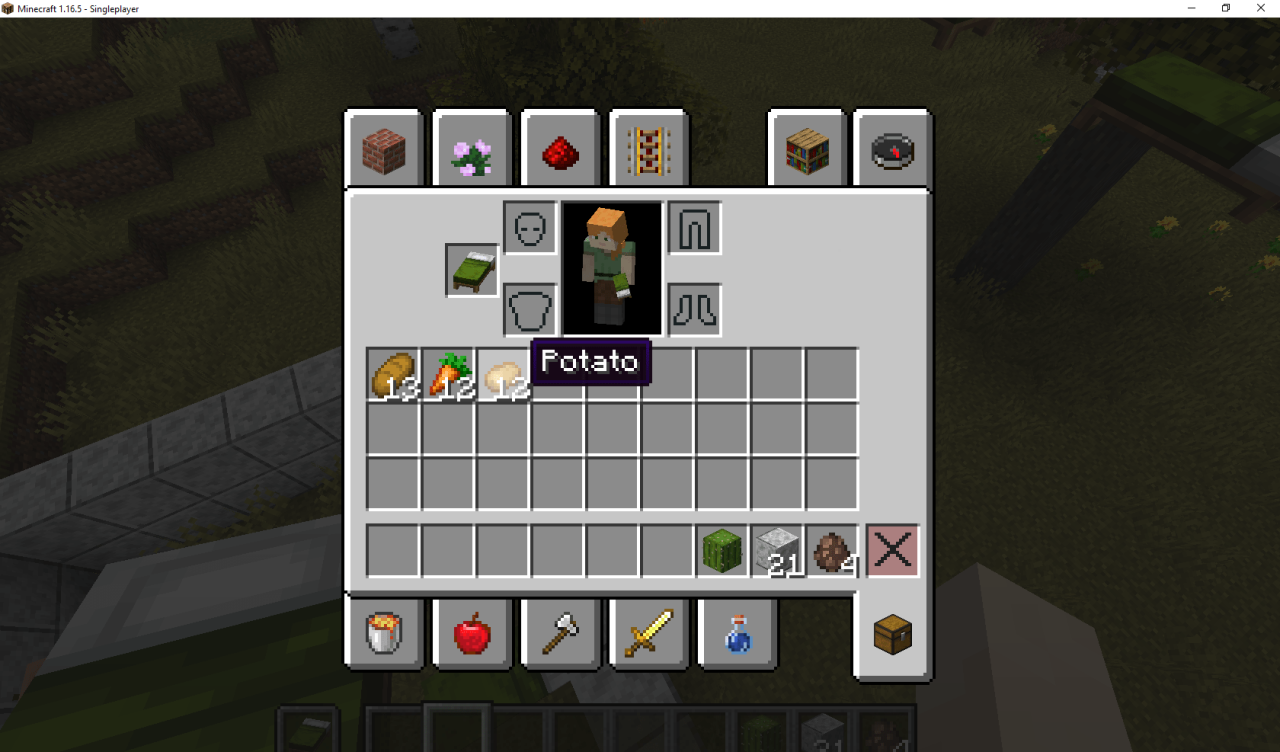The bustling virtual world of Minecraft presents endless possibilities, among which the nurturing of virtual villagers holds a special charm. These enigmatic beings, with their unique professions and personalities, add a vibrant layer to the gameplay.
But, to truly enhance your Minecraft experience, mastering the art of breeding villagers is crucial. Whether you seek to establish sprawling settlements or simply secure an ample supply of valuable trades, understanding how to breed villagers empowers you with a potent tool to shape your Minecraft world.
In this comprehensive guide, we will delve into the intricacies of villager breeding, providing you with step-by-step instructions, essential tips, and all the knowledge you need to become a master breeder. Read on and unlock the secrets to creating a thriving villager population, transforming your Minecraft adventures into unforgettable experiences.
How to Breed Villagers: A Comprehensive Guide

Introduction
Villagers form the heart of any thriving Minecraft community, providing essential goods and services. Learning how to breed villagers allows you to expand your village, generate emeralds for trade, and access exclusive trades. This comprehensive guide will equip you with the knowledge and techniques necessary to successfully breed villagers in your Minecraft world.
To initiate the breeding process, you will need the following:
- Two adult villagers
- 12 beds
- Food (e.g., bread, carrots, potatoes)
Creating a Suitable Environment
Villagers require a suitable environment to breed successfully. Ensure there are enough beds available within the village. Each bed represents a potential home for a new villager. Place the beds in close proximity to the villagers’ workstations, allowing them to work and rest efficiently.
Villagers prefer to live in well-lit areas. Provide ample lighting throughout the village using torches, lanterns, or glowstone. This creates a sense of security and encourages the villagers to move around freely.
Encouraging Breeding
Once the environment is prepared, you can encourage breeding by providing food to the villagers. Villagers will only mate when they have sufficient food reserves. Feed them bread, carrots, potatoes, or other food items to increase their likelihood of mating.
You can also use a splash potion of weakness to initiate breeding. This temporarily weakens the villagers, making them more willing to mate. However, this method is not recommended as it may reduce the villagers’ health and productivity.
Birthing and Raising
When two villagers mate successfully, a baby villager will be born. Baby villagers take time to grow up and will automatically seek out a nearby bed to occupy. Make sure there are sufficient beds available to accommodate the growing population.
Baby villagers mature into adults after a period of 20 minutes in real-time or 24000 ticks in game time. Once mature, they are capable of working, trading, and breeding themselves, contributing to the overall growth and prosperity of your village.
Factors Affecting Breeding Success
Understanding the factors that influence breeding success is crucial for maximizing your efforts. Several elements play a role in determining whether villagers will mate and successfully produce offspring.
Population Density: Villagers prefer to live in communities with an optimal population density. Overcrowding can lead to stress and reduced breeding rates. Ensure there is adequate space within the village and limit the number of villagers to a manageable level.
Food Availability: Sufficient food is essential for villager breeding. Stockpile food items such as bread, carrots, and potatoes to meet their nutritional needs. Villagers will only mate when they have enough food reserves, so maintaining a steady supply is crucial.
Village Reputation: The reputation of the village can also impact breeding success. Maintain a peaceful and prosperous village environment by providing villagers with food, shelter, and protection. A good reputation attracts new villagers and increases the likelihood of breeding.
Troubleshooting Common Issues
While breeding villagers is generally straightforward, you may encounter occasional issues that hinder the process. Here are some common problems and their potential solutions:
Villagers Not Mating: Ensure that the breeding conditions are met. Provide sufficient food, beds, and lighting. Consider using a splash potion of weakness to encourage mating.
Baby Villagers Not Growing: Baby villagers require a bed to grow up. Make sure there are enough beds available within the village and that they are within close proximity to the baby villagers.
Low Breeding Rates: Population density, food availability, and village reputation can all impact breeding rates. Adjust these factors as necessary to improve the breeding success.